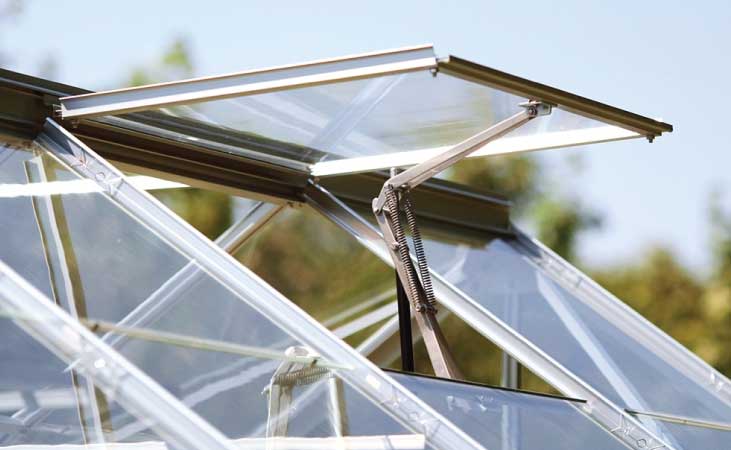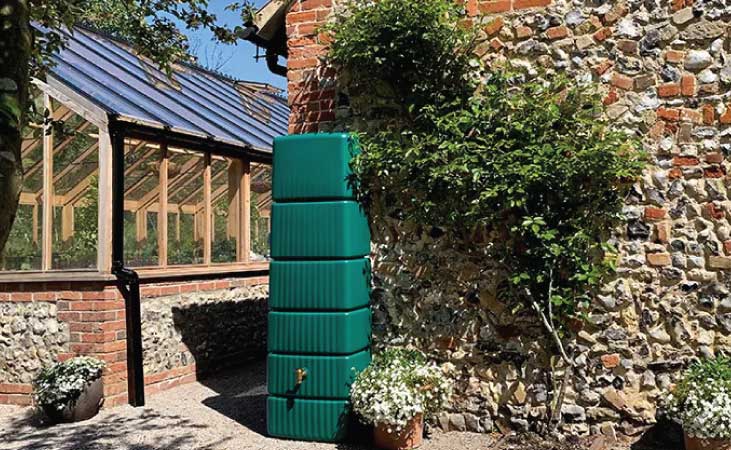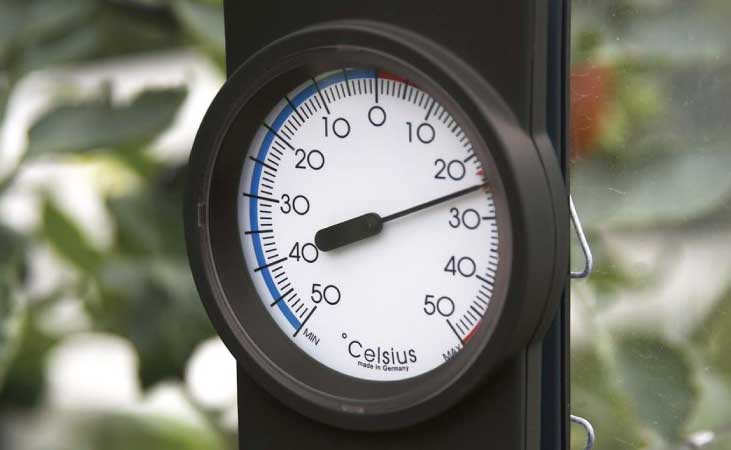What Do I Need To Start an Unheated Greenhouse?
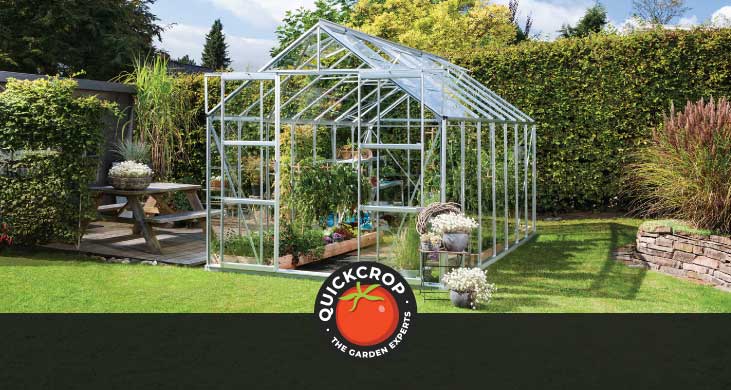
A greenhouse can open up possibilities for you and extend your growing season. It mainly does this by increasing levels of heat and light: an effect brought about by the inherent design of the greenhouse. But there is also a checklist of features, accessories or items that go towards successful greenhouse growing. These often come with the greenhouse you’ve ordered, but if not you can provide them yourself. Some are essential. Some are strongly recommended additions. Others are optional, but will enhance your greenhouse experience. Many are items you already use around your garden.
Pots and Containers
Greenhouses go hand-in-hand with container growing. It’s useful to have a variety of pots and containers for plants. Larger ones can be used for storing mature plants that may need shelter, while small pots can be used to bring seedlings along. What’s more, having an array of different sizes and even materials will complement the plant variety inside your greenhouse.
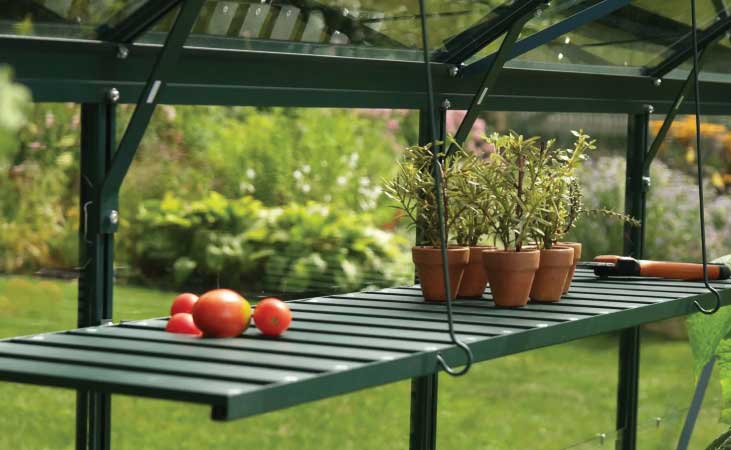
Shelving and Staging
In greenhouse terms ‘Staging’ refers to the strategic placement of benches and shelves in a way that makes the most of your greenhouse space and light levels. You can organise your pots on these shelves according to size, shade tolerance etc. A common method is to utilise greenhouse space vertically, with smaller plants on the higher shelves. Staging can be set up in such a way that it’s far more comfortable for you to attend to your plants (28-30 inches tall is regarded as an ideal height, but that also depends on your height!).
View Product: Greenhouse Storage & Shelving - Single Pack
A closely connected greenhouse feature is the workbench, which you can use for potting, attending to seedlings and so on. Lower shelves can be used for storing garden tools, potting mix, empty pots and compost bags. It’s best not to have plants situated on low benches as this is where the cooler air tends to be. ‘Slatted’ benches have gaps that encourage air circulation and go some way towards preventing root rot or plant disease. Moisture easily drains away after watering.
Side Vents and Roof Vents
Any greenhouse worth its salt should have adequate ventilation provided as part of the package. Ventilation helps the temperature to stay at a reasonable level, as well as tackling excessive humidity by removing moist air. The roof vent is the most important exit point, as hot air rises in the greenhouse environment. Some greenhouses have two for good measure. These vents will really become your best friend in the hotter periods of summer, although ventilation will also need to be combined with other methods like ‘damping down’.
Side vents, on the other hand, are better situated at lower levels: this is because cooler air and draughts can enter the greenhouse through these. Cool air passing directly over foliage can harm or interfere with plant growth. The most popular type of side vent is the louvred vent or window, a distinctive slanted design that allows for good airflow. Whatever the type of vents, make sure that they seal properly when not open. An automated ventilation system can be very beneficial and save you the pressure of trying to keep on top of temperature and humidity levels at all times. These can be simple in design and don’t need to rely on electricity: for example a heat-activated piston can open the window or vent when the greenhouse reaches a certain undesirable temperature.
Water Source
Your plants will need plenty of water, but traipsing in and out of the greenhouse with buckets or watering cans can get old pretty fast. As such, it can be a good idea to provide some kind of watering source inside or just outside the greenhouse. Installing a tap connected to a hose would make life easier, while a more creative and eco-friendly move would be connecting a water butt to a downpipe (which can come especially designed for greenhouses). Some of the Vitavia greenhouses we supply here at Quickcrop feature rainwater downpipes as standard, while others will have integral guttering that can be connected to downpipe kits or water butt connectors (these can be bought separately).
View Product: Water Butt (100L) inc. Stand & Tap
Propagator & Seedling Trays
A propagator is an ideal piece of kit for seed germination or for growing from cuttings. Indeed, the propagator is a sort of mini-greenhouse itself. Combine the mini version with the maxi version and you will have very favourable growing conditions.
Seedling trays or seed-starting cell trays can also be used for germination in the greenhouse. These should have holes at the bottom for drainage, while removable covers are very beneficial for keeping humidity levels high enough. It’s a good idea to provide supplementary heat in the form of heating mats, which can be placed under seed trays or propagators. Technically, I guess you’re kind of heating your greenhouse at that point, aren’t you? But obviously this will be much more economical and concentrated than trying to heat the entire space.
Shading Material
During the warmer months of the year, some form of shading will be essential. One of the most popular methods is using shade blinds. These can be placed on the inside or the outside of the greenhouse. Installing them on the outside will be more effective in terms of cooling the greenhouse, as it will intercept the sun’s rays before they enter. The great benefit of blinds, of course, is that they can be opened and closed depending on the season or weather conditions. Other methods of shading include shade paint or net curtains. Be measured about when you use shading, as it will inevitably limit the amount of sunlight that plants receive.
Thermometer or Remote Monitors
A good-quality thermometer will make life much easier in the greenhouse. Temperatures can climb high and fast (or low as the case may be), and at such times you will need to protect your plants by venting, opening doors, damping down surfaces or shading. Remote temperature and humidity monitors can be checked from your smartphone or PC, and alarms set for when the levels reach an undesirable point.
View Product: Tenax Wall Thermometer
A Greenhouse Journal
Maybe even more so than with a polytunnel, growing in a greenhouse can be a learning process. There will be mistakes, there will be lessons, and there will be the odd mini-disaster. But that's all part of the gardening experience, isn't it? Keeping a journal is a good idea because you can make notes for future reference: what worked well and what didn't work so well this season? Does this plant need a little more irrigation? Do I need to keep on top of humidity more during warmer spells? And so on.
Dedication!
There are all kinds of additional ways that you can optimise your greenhouse, but that covers the basics of what you'll need. Of course, most important of all is your time and commitment. The greenhouse environment is susceptible to temperature extremes, so you'll need to keep some level of vigilance if you want happy, healthy crops. The rewards - and the experience of a colourful, thriving greenhouse - are worth the effort!

